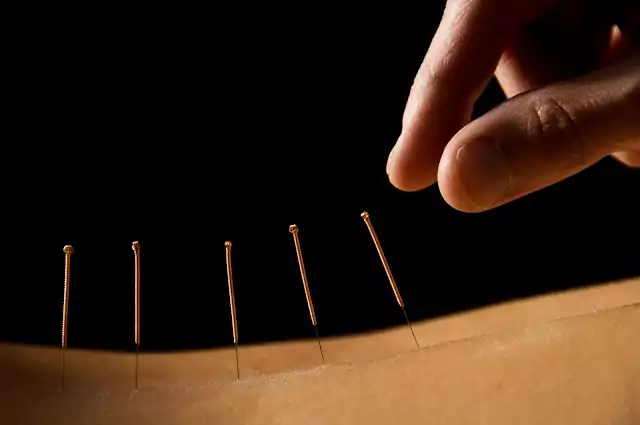Acupuncture was first introduced to conventional medicine as a form of anesthesia and pain control. This was evident in the study of acupuncture-assisted surgery. The action of pain fibers in the spinal cord was seen to be blocked by acupuncture, which also stimulated pain-numbing substances called endorphins which are produced by the brain to cope with stress or pain.
Acupuncture Helps to Improve Digestion, Breathing and Diabetes
Acupuncture not only inhibits pain, but also directly affects blood circulation, blood pressure, well as the immune, digestive, respiration, reproductive, and nervous systems. Hence it has a much broader use in treating conditions such as high cholesterol, high blood pressure, diabetes, indigestion, fatigue, acne, arthritis, asthma, anxiety, depression and insomnia. Recent clinical research using acupuncture in the treatments of alcohol, drug and tobacco addictions shows that stimulating points close to the ear decreases cravings and withdrawal reactions.
Instead of diagnosing and treating specific diseases as in allopathic medicine, Chinese Medicine focuses on the types of imbalances in the body; hence treating not the disease but the whole person by harmonizing within. Disease represents a disruption in the overall equilibrium. This holistic view can be expressed in the adage: “The person is not sick because he has an illness but has an illness because he is sick.”
Acupuncturists Treat Patients Based on Diagnosis, Medical History
An acupuncture practitioner makes diagnoses by taking into account the patient’s past and present symptoms and complaints, family medical history, the social and natural environment, lifestyle, and thoughts, emotions and relationships as well as an observation of facial and tongue color and physical assessment of the body and pulse. The patient may require additional treatments such as herbal or food therapy and exercise to enhance acupuncture results.
The length and the number of treatments needed vary between people as each is diagnosed individually. General treatments to promote health or for simple ailments such as the common cold, headaches and muscle sprains usually need only a few sessions. Others who undergo acupuncture in conjunction with other treatments for complicated and chronic disease symptoms may require daily, weekly or monthly treatments over long periods.
Western medical treatments and acupuncture therapy can complement each other and may alternate as the primary care method depending on the clinical condition of the patient. Integration of conventional and traditional medicine is the key to optimum health.
Acupuncture Treatments Cannot Often Replace Medications, Surgery
A physician should be seen first for any symptoms of illness. Acupuncture is most effective when functional disturbances have not yet developed into organic or structural impairments. It will not cure cancers or replace surgery, antibiotics or medications in many diseases.
The World Health Organization has composed a list of conditions for which it considers acupuncture appropriate. Acupuncture can be a very effective part of treatment for illness. There are growing numbers of medical doctors that have incorporated acupuncture into their practice and hospitals which add acupuncture therapy to patient care.
Is Acupuncture Safe?
In the skillful hands of a trained practitioner, acupuncture has relatively few risks. As with any procedure that uses needles, there is concern that unsanitary needles will spread disease. This can be avoided by using disposable needles or stringent sterilization techniques. It is important to find an acupuncturist that is experienced and certified in your area. As with finding the right medical doctor, finding the right acupuncturist is important. Ask for references and speak to friends and family members who have had experiences with an acupuncturist.
